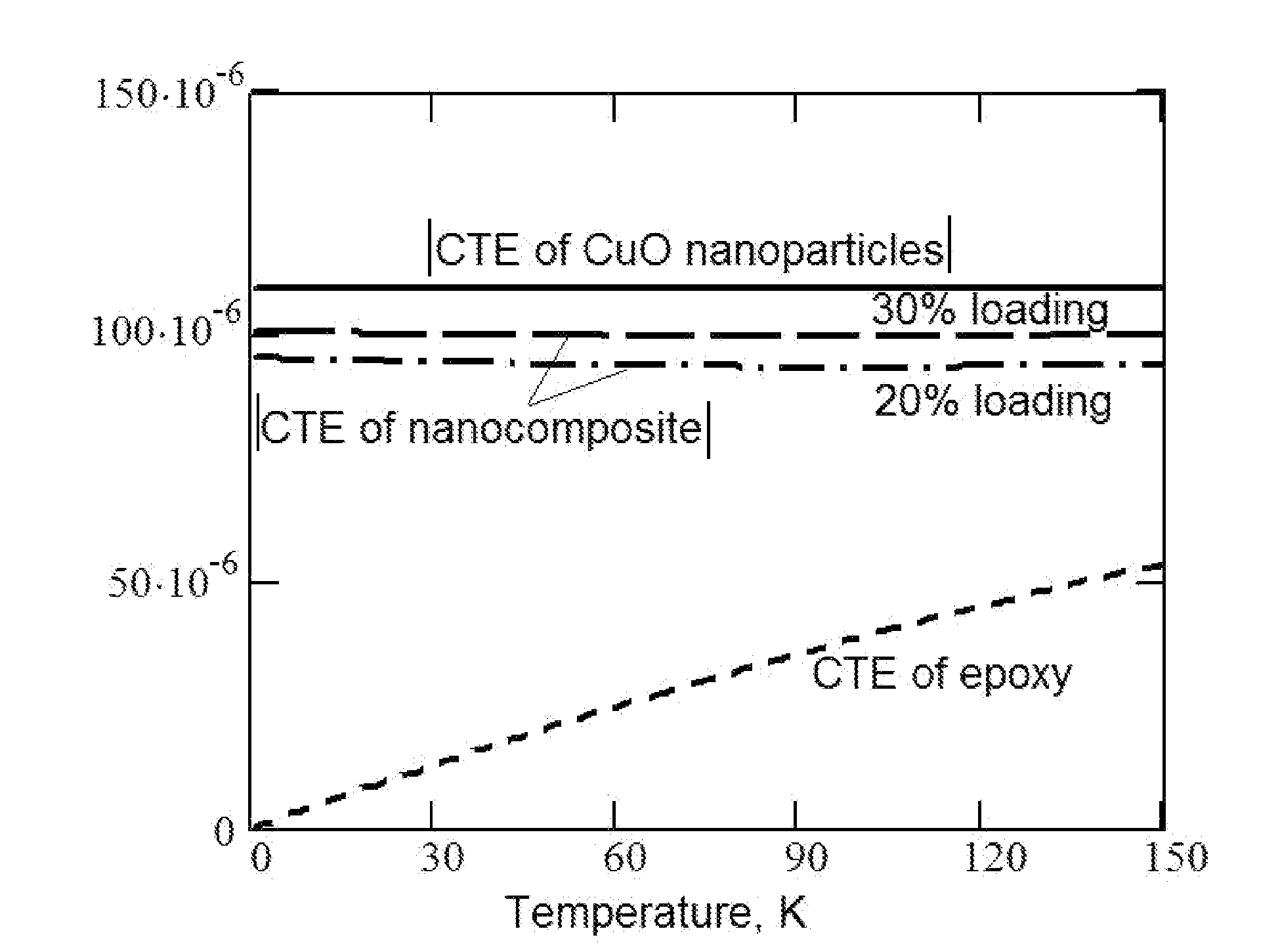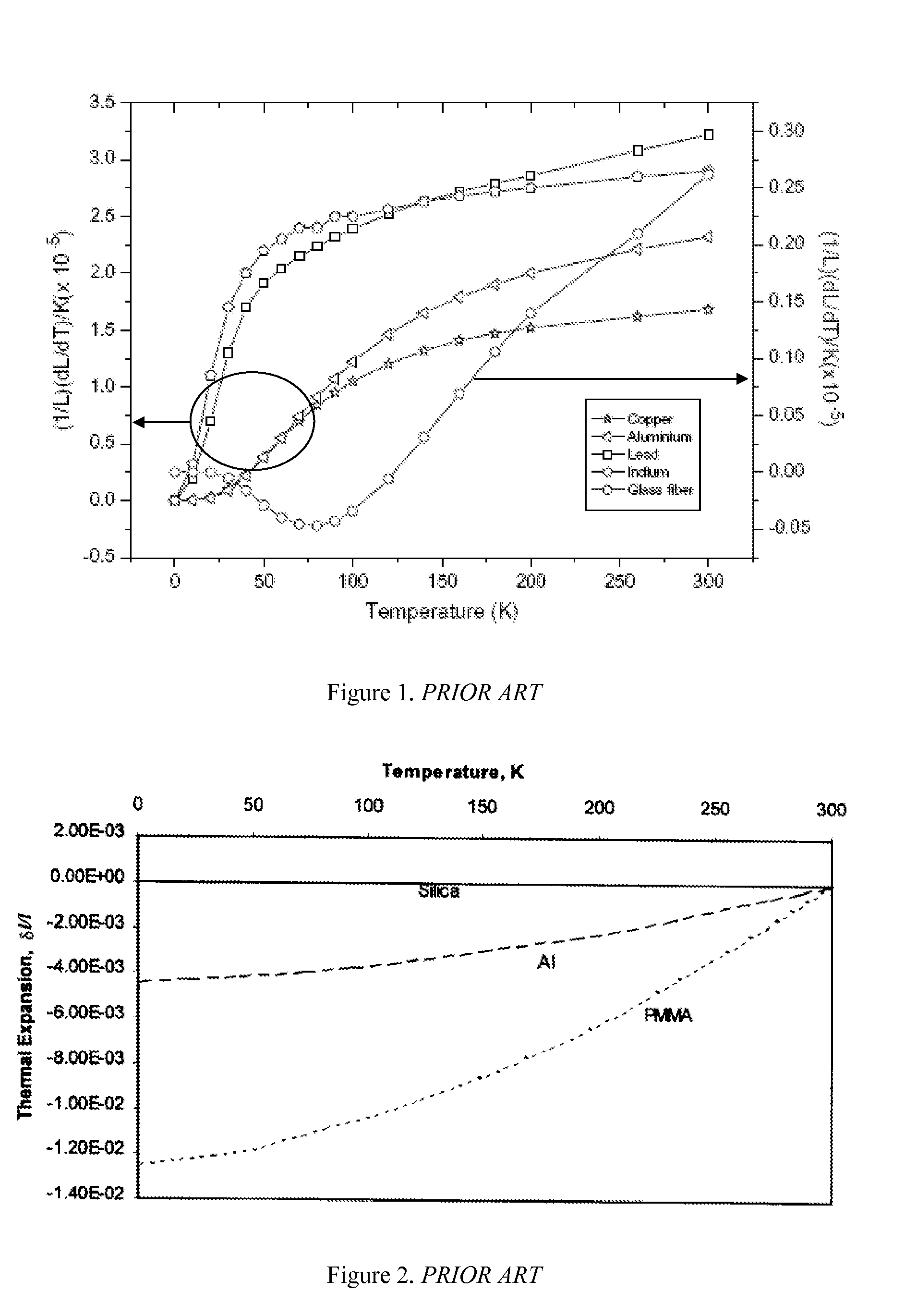Cryogenic fiber optic temperature sensor and method of manufacturing the same
a fiber optic temperature sensor and fiber optic technology, applied in the field of fiber optic sensors temperature sensors, can solve the problems of poor multiplexing capability, inability to meet the required resolution and accuracy at cryogenic temperatures, and inability to multiplex multiplexable fiber optic temperature sensing solutions, etc., to achieve the effect of increasing the sensitivity of the sensor, easy manufacturing, and multi-plexibility
- Summary
- Abstract
- Description
- Claims
- Application Information
AI Technical Summary
Benefits of technology
Problems solved by technology
Method used
Image
Examples
Embodiment Construction
[0023]According to the present invention, a fiber optic temperature sensor for cryogenic temperature range is provided, wherein the optical fiber is coated with the coating that exhibits a thermal expansion coefficient that is lower than the thermal expansion coefficient of the optical fiber but higher in absolute value than the thermal expansion coefficient of the optical fiber at least over a range of temperatures for increasing the sensitivity of the sensor to changes in temperature at the location. Said coating is preferably having negative thermal expansion coefficient over a range of temperatures. It is further preferable that the sign of the thermal expansion coefficient is changing from positive to negative at some temperature between the cryogenic temperature range (which is understood to be 77K or below) and room temperature. In such a realization the disclosed fiber optic temperature sensor will have significant sensitivity at cryogenic temperature range (due to much high...
PUM
| Property | Measurement | Unit |
|---|---|---|
| diameters | aaaaa | aaaaa |
| diameters | aaaaa | aaaaa |
| cryogenic temperatures | aaaaa | aaaaa |
Abstract
Description
Claims
Application Information
 Login to View More
Login to View More - R&D
- Intellectual Property
- Life Sciences
- Materials
- Tech Scout
- Unparalleled Data Quality
- Higher Quality Content
- 60% Fewer Hallucinations
Browse by: Latest US Patents, China's latest patents, Technical Efficacy Thesaurus, Application Domain, Technology Topic, Popular Technical Reports.
© 2025 PatSnap. All rights reserved.Legal|Privacy policy|Modern Slavery Act Transparency Statement|Sitemap|About US| Contact US: help@patsnap.com



